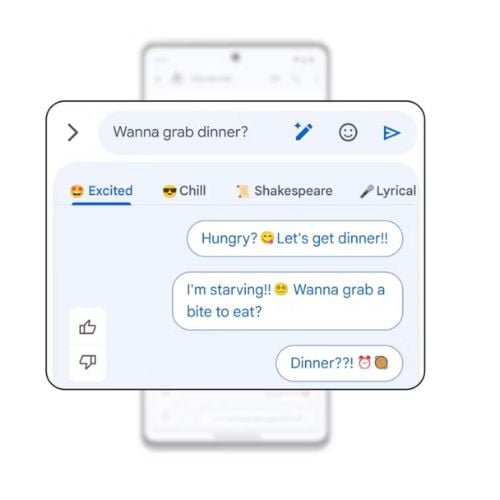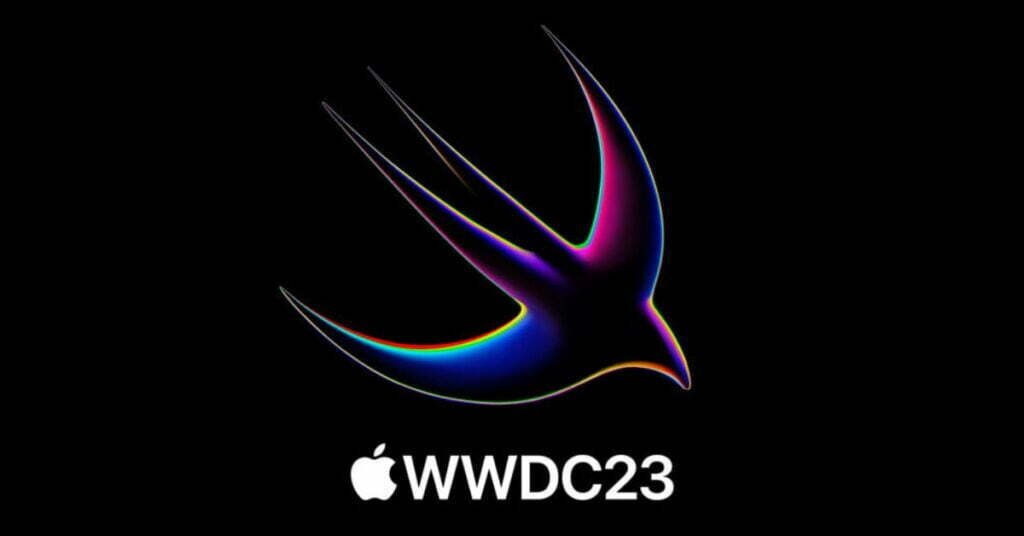The food delivery giant Uber Eats and Serve Robotics, an autonomous delivery startup backed by NVIDIA, have expanded their collaboration to bring autonomous multiple delivery robots to more American cities. As part of the new relationship, Serve will introduce up to 2,000 of its sidewalk delivery robots in brand-new cities like San Jose, Dallas, and Vancouver.
For both businesses, the partnership’s expansion represents a significant advancement. It supports Serve’s mission to widely commercialize robotics for autonomous delivery. It represents Uber Eats’ dedication to autonomous delivery and its faith in the technology’s ability to transform the food delivery sector.
The strengthened collaboration is a further indication of the rising popularity of autonomous delivery. As a result of a flurry of activity in the autonomous delivery sector in recent years, numerous businesses have developed and used autonomous delivery robots. The fact that Serve and Uber Eats have expanded their cooperation is a strong endorsement of the technology and a signal that it is about to enter the mainstream.
Serve Robotics’ Level 4 autonomy and efficient delivery
The sidewalk robots made the Serve Robotics have level 4 autonomy, which means that, in certain circumstances, they can drive and navigate on their own without assistance from a person. They may move through streets with this, rerouting when they encounter barriers or roadblocks.
Ali Kashani, co-founder and CEO of Serve Robotics, highlighted this capability, stating, “Our robots can detect which surfaces to navigate on, find the fastest and safest routes, identify people and cars, and even anticipate collision risks with inattentive drivers at intersections.”
With this level of autonomy compared to conventional delivery methods, Serve Robotics’ robots can transport meals and other goods more quickly. Let’s see an example, the robots may carry goods directly to the customer’s door without the need for the recipient to go outside to meet the delivery person. They can even navigate through congested streets and packed sidewalks.
The robots from Serve Robotics are making delivery more effective, convenient, and secure thanks to their Level 4 autonomy.
A range of sensors are included on the multiple delivery robots like lidar, radar and cameras. These sensors produce a 360-degree image of their surroundings by enabling the robots to track their position and speed. Artificial intelligence is used by robots to interpret data from their sensors and decide how to navigate. As a result, the robots can adjust to shifting circumstances and avoid impediments. A group of human operators continuously keeps an eye on the robots. The human operators can take control if the robots come upon a problem that they are unable to handle on their own.

Serve and Uber Eats’ Successful Pilot Program and Growing Partnership
A year ago, Uber Eats and Serve partnered together as a part of a trial project in West Hollywood to examine the potential of uber delivery robot in the food sector. The program has grown significantly since then, the robot deliveries is rising by more than 30% month over month. This achievement can be ascribed to the rise in demand for fast and practical food delivery services.
At the moment, more than 200 restaurants in West Hollywood, Hollywood, and Fairfax take advantage of the initiative and use Uber Eats’ robot delivery service. Uber Eats delivery robots in Los Angeles, to deliver food, have become increasingly popular.
Shared among several partners, including the well-known convenience store chain 7-Eleven, in Serve’s fleet of 100 robots in Los Angeles. The effectiveness and scope of the initiative were recently increased by the city’s recent debut of 7-Eleven’s robotic sidewalk delivery service. The landscape of food delivery in Los Angeles has changed as a result of this expanding cooperation, which offers a smooth and cutting-edge technical solution to satisfy changing client expectations.
Serve and Uber Eats to Expand Autonomous Delivery to New Markets
The partnership between Serve Robotics and Uber Eats is growing in order to provide autonomous delivery robots to more markets. Although the businesses have shown an interest in growing in places like San Jose, Dallas, and Vancouver but they haven’t specified which markets they plan to enter next.
The expansion’s objective is to increase the number of clients who can take advantage of autonomous delivery across the nation. Autonomous delivery robots can swiftly bring food to customers while navigating crowded streets. They can also aid in lowering pollutants and traffic congestion.
Again Ali Kashani highlighted, “We are excited to continue our work with Uber to bring this innovative technology to more cities across the country.”
Up to 2,000 autonomous delivery robots will be used by Serve Robotics in new markets. Food from a range of restaurants will be able to be delivered by robots. Hundreds of additional employment are anticipated to be generated by the expansion.
The expanding possibility of autonomous delivery is indicated by the development of Serve and Uber Eats’ collaboration. Autonomous delivery is probably going to become a more typical way to get meals delivered as technology advances.
Serve Robotics’ Delivery-as-a-Service Business Model
Serve’s delivery-as-a-service business model may benefit businesses in a number of ways. For the companies of all sizes the system is scalable and flexible and can be customized according to the requirements. Additionally, since companies only pay for the delivery that they actually utilize, it is a cost-effective alternative.
An illustration of how Serve’s delivery-as-a-service business model might be leveraged to address the rising demand for autonomous delivery services is the company’s cooperation with Uber Eats. It is probable that Serve will receive a fee for each delivery that it makes, although the specific terms of the agreement between Serve and Uber Eats have not been made public.
Robots made by Serve are built to function in cities. Up to 20 Pounds of cargo can be carried to Serve’s robots. The robots from Serve have a 10 mile range on a single battery.
Expanded Partnership with Uber Eats a Major Step Towards Mass Commercialization of Robotics for Autonomous Delivery
Ali Kashani emphasized the significance of the expanded partnership, stating, “This partnership is a major step towards mass commercialization of robotics for autonomous delivery, and it is a testament to the success of our partnership.”
The collaboration will enable Serve Robotics to develop and improve its technology going forward. With its self-driving robots, the business has already finished ten of thousands of contactless deliveries in San Francisco and Los Angeles. Serve Robotics will have the chance to test its technology in new markets and learn from customer feedback thanks to the expanded cooperation with Uber Eats.
Wrap-up
The collaboration between Serve Robotics and Uber Eats represents an important step forward in the mainstream acceptance of autonomous delivery robots and a critical turning point in the commercialization of robotics for autonomous delivery. The Level 4 autonomous sidewalk robots from Serve, which excel at safe and effective navigation, are about to enter a number of new markets around the country. The overwhelming success of the pilot program in Los Angeles and the rising number of restaurants committing to the effort, show just how popular and viable autonomous delivery is within the food service sector.
More cities and customers will benefit from the improved convenience, efficiency, and environmental sustainability brought about by these cutting-edge delivery robots as Serve and Uber Eats continue their combined efforts.


